Czestochowa Ghetto
When the Germans occupied Czestochowa on September 3, 1939, there were about 28,500 Jews living in the city. Immediately the city’s Jews began to be persecuted and already the next day about 300 Jews were murdered. On September 16, a Jewish council was set up to implement the directives imposed by the germans. Jews were forced to submit to anti-Semitic decrees and forced into slave labor in nearby industries taken over by the Germans. In 1941, the German city commissioner, SS-Brigadeführer Richard Wendler, set up a Jewish ghetto in the eastern part of the city. The ghetto was shielded from the rest of the city on August 23, 1941. Only with special documents was it possible to move between the ghetto and the rest of the city. At most there were about 48,000 Jews in the ghetto.
Conditions in the ghetto were substandard and the lack of food, supplies and medicine contributed to mortality. On September 22, 1942, the Nazis began to liquidate the ghetto and about two weeks later, 40,000 Jews had bee deported to Treblinka and murdered in its gas chambers. Old and young people who could not be deported were murdered on the spot but about 2000 managed to escape or hide in the city. About 5,000 Jews who were essential for the german war effort were exempt from deportation. These Jews were housed in a new smaller ghetto. The Nazis conducted regular round-ups in the ghetto, but when the final liquidation of the ghetto began in June 1943, the jews revolted. About 3,000 Jews died during the uprising and those who survived were sent to other camps to perform slave labor. Between September 22 and December 15, 1942, about 2,000 Jews were murdered from the ghetto and buried in two mass graves just outside the ghetto.
Current status: Partly preserved/demolished with monument (2013).
Address: Strazacka 28, 42-202 Czestochowa.
Get there: Walk from central Czestochowa.
Follow up in books: Gilberg, Martin: Holocaust: A History of the Jews of Europe During the Second World War (1987).
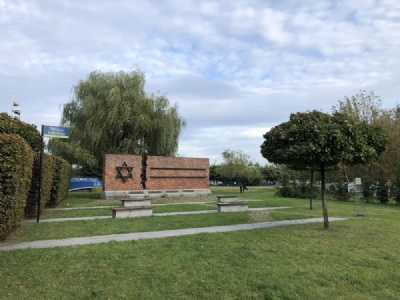
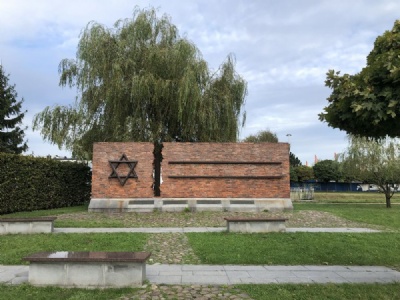
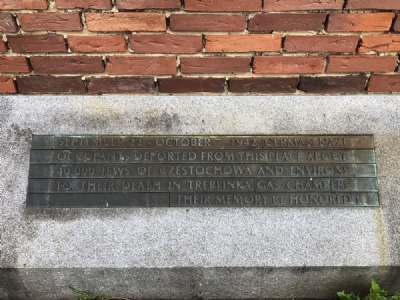
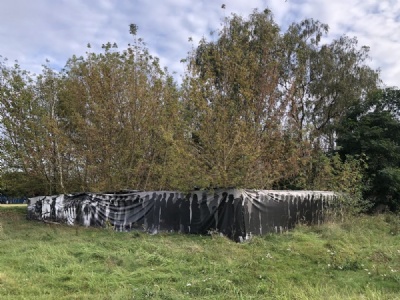
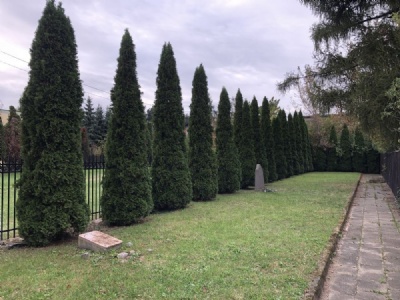

The monument is located just outside what was the big ghetto from which the germans began to deport the Jews in september 1942. The site is named after Samuel Willenberg, who was born in Czestochowa and deported to Treblinka in October 1942. Willenberg was one of about 100 prisoners who, not only managed to escape from Treblinka uprising on August 2, 1943, but also managed to survive til the war ended.